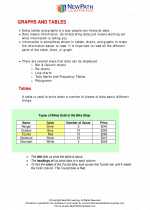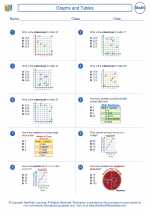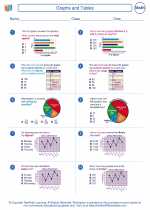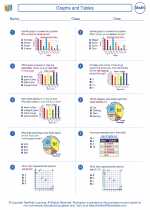Foggy
Foggy weather is a meteorological phenomenon that occurs when the air near the ground is cooled to the point where it can no longer hold its gaseous water vapor, causing it to condense into tiny water droplets. This results in reduced visibility and a characteristic misty or hazy appearance in the atmosphere.
Causes of Fog
Fog can form under various conditions, including:
- Radiation fog: This type of fog forms during clear, calm nights when the ground loses heat by radiation, causing the air near the ground to cool and reach its dew point.
- Advection fog: This occurs when warm, moist air moves over a cool surface, causing the air to cool to its dew point and form fog.
- Upslope fog: As moist air is forced upward over a topographic barrier, it cools and condenses into fog.
- Steam fog: This type of fog forms when cold air moves over relatively warm water, causing the water to evaporate and create a layer of fog above the water's surface.
Impacts of Fog
Fog can have various impacts on transportation, aviation, and daily activities. Reduced visibility in foggy conditions can lead to hazardous driving conditions, flight delays, and disruptions in maritime navigation.
Study Guide
To understand the concept of foggy weather, it's important to study the following key points:
- Identify the different types of fog and their respective formation processes.
- Explain the factors that contribute to the formation of fog, including temperature, moisture content, and topographic features.
- Analyze the impacts of fog on transportation, aviation, and other activities.
- Discuss strategies for safe navigation and travel in foggy conditions.
By mastering these concepts, you'll have a comprehensive understanding of foggy weather and its implications for various aspects of daily life.
.◂Math Worksheets and Study Guides Fifth Grade. Graphs and Tables

 Worksheet/Answer key
Worksheet/Answer key
 Worksheet/Answer key
Worksheet/Answer key
 Worksheet/Answer key
Worksheet/Answer key
